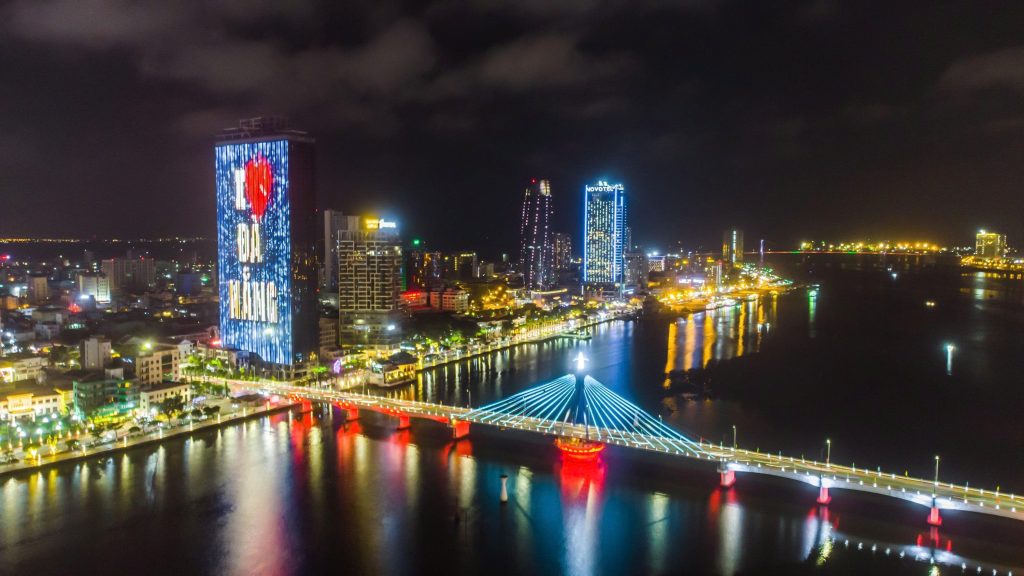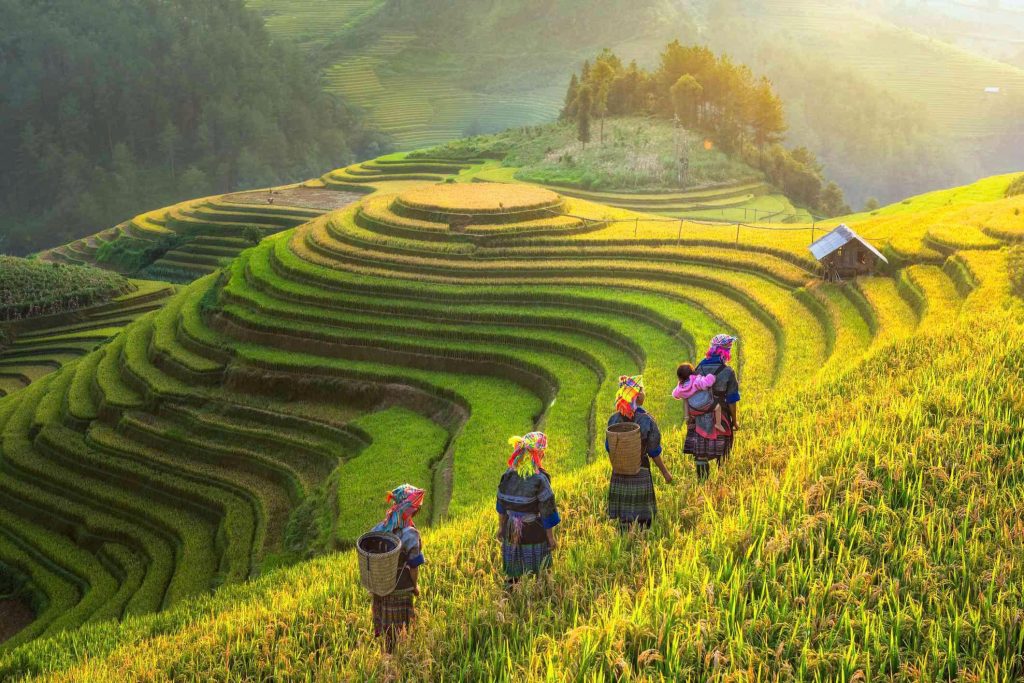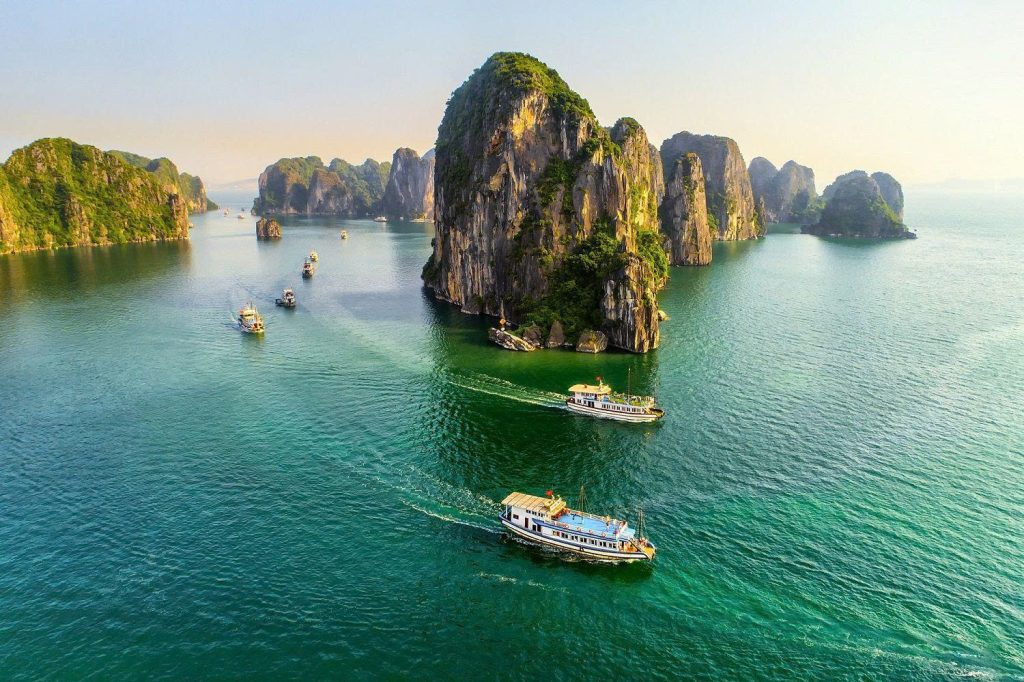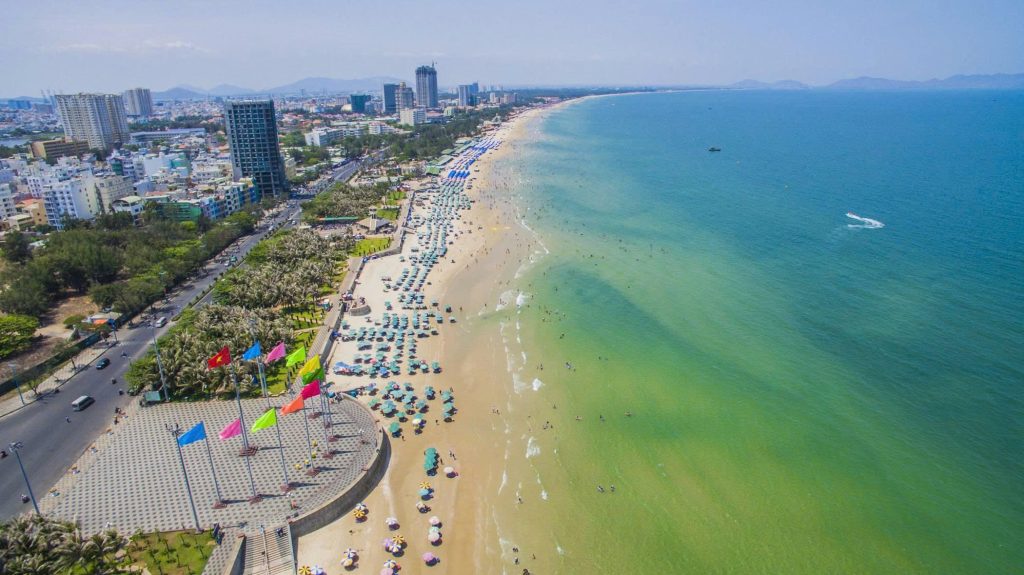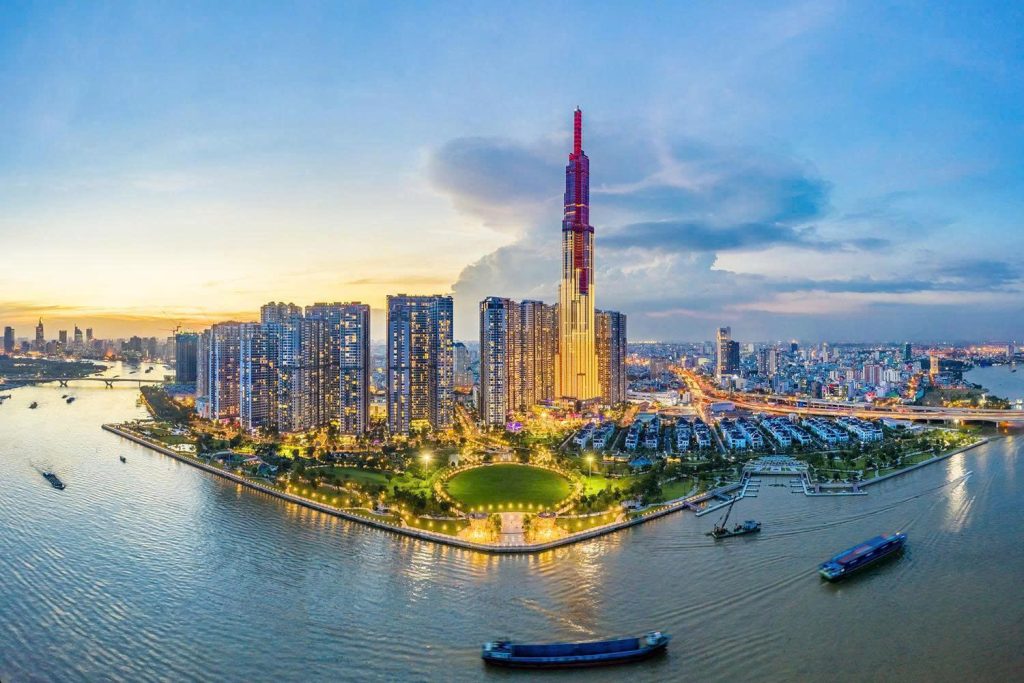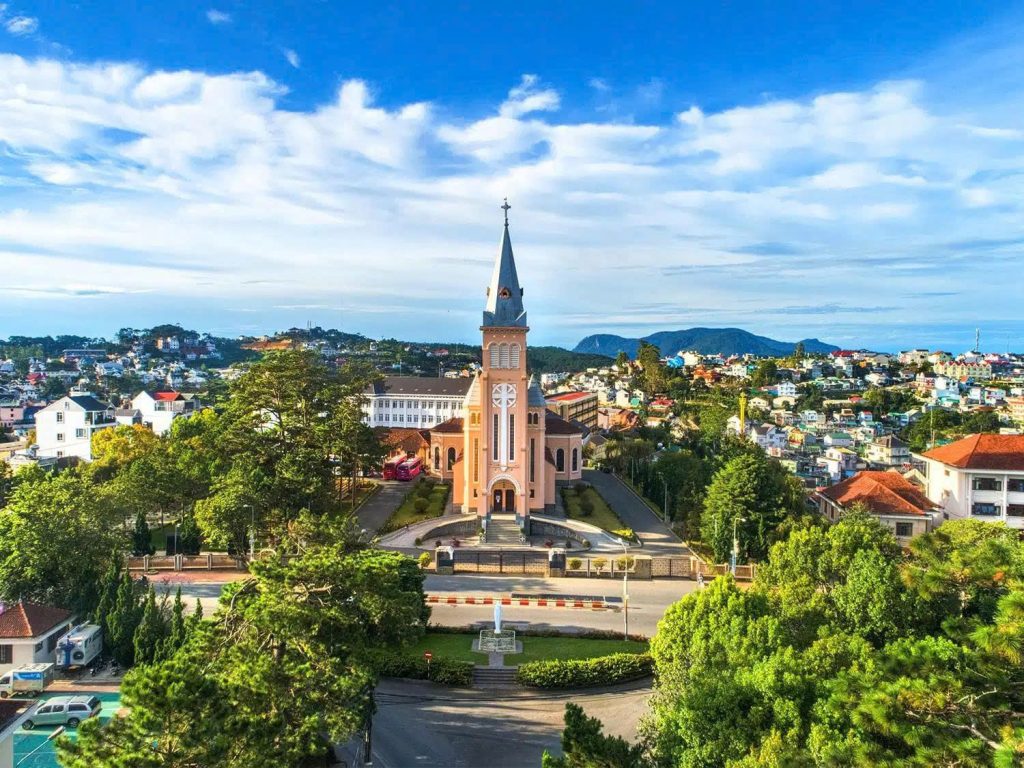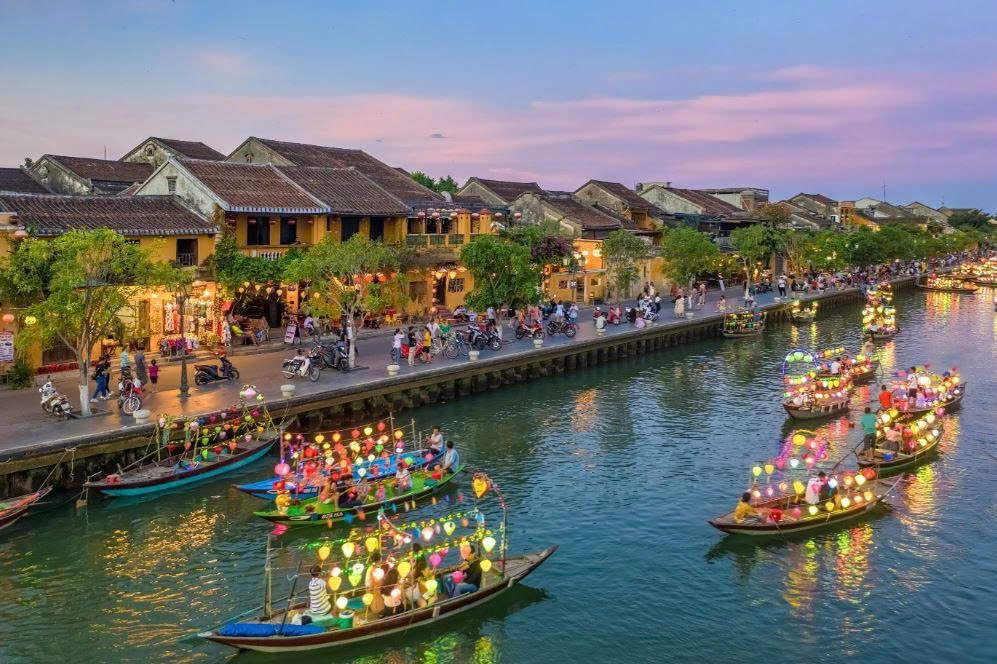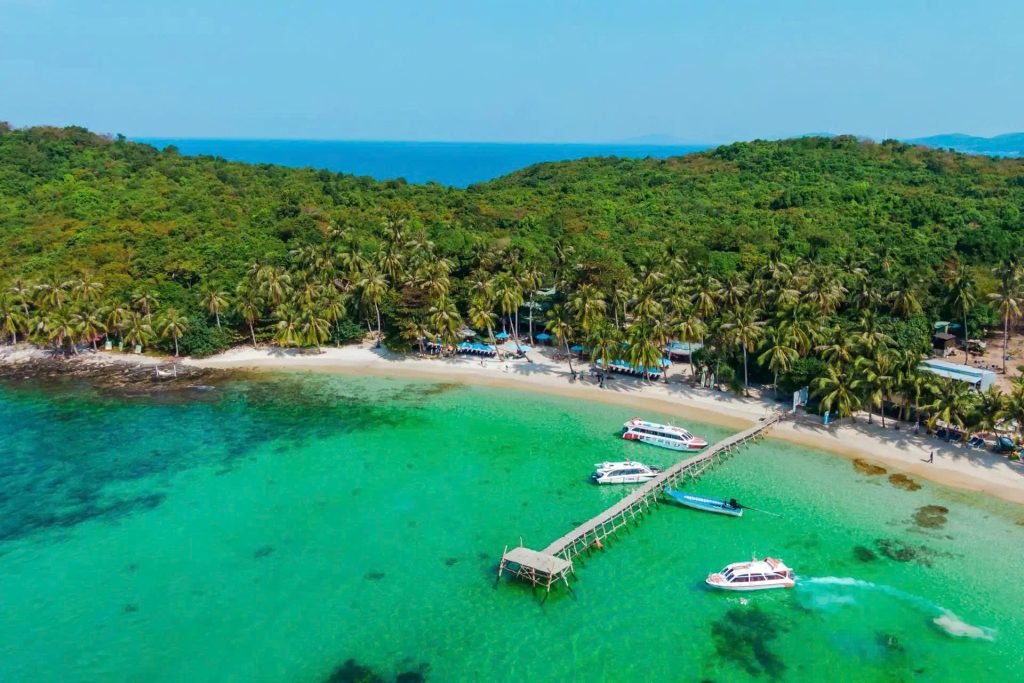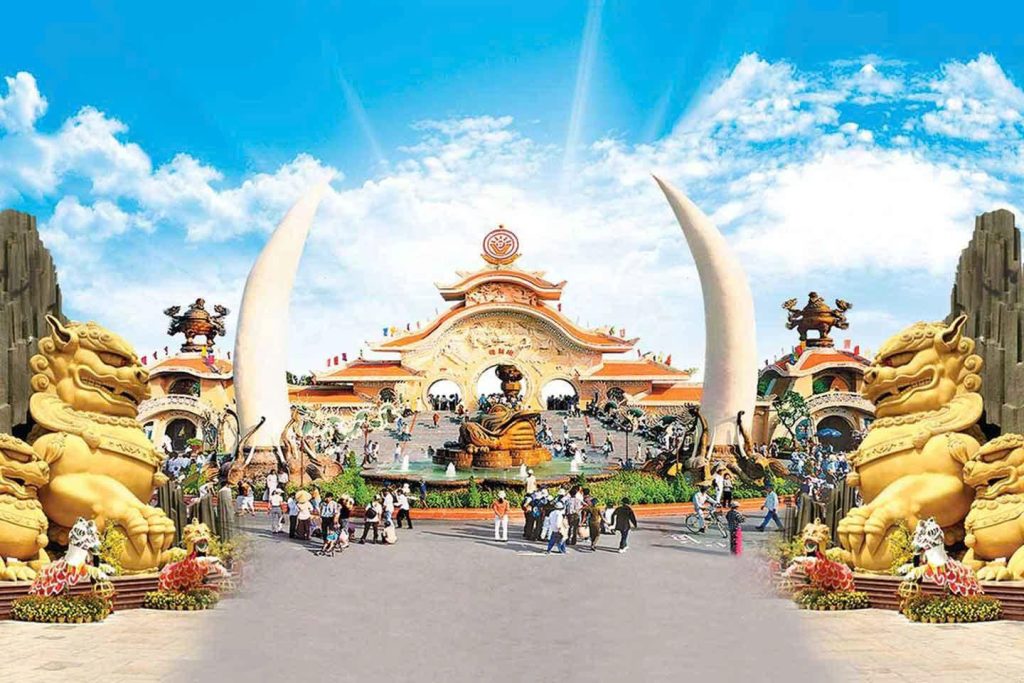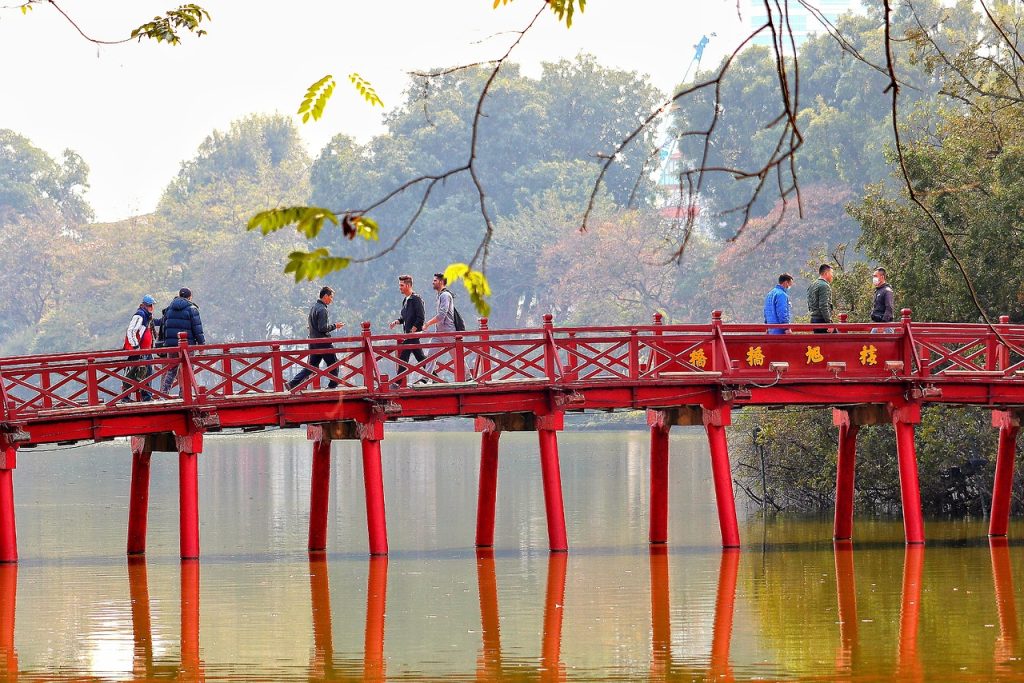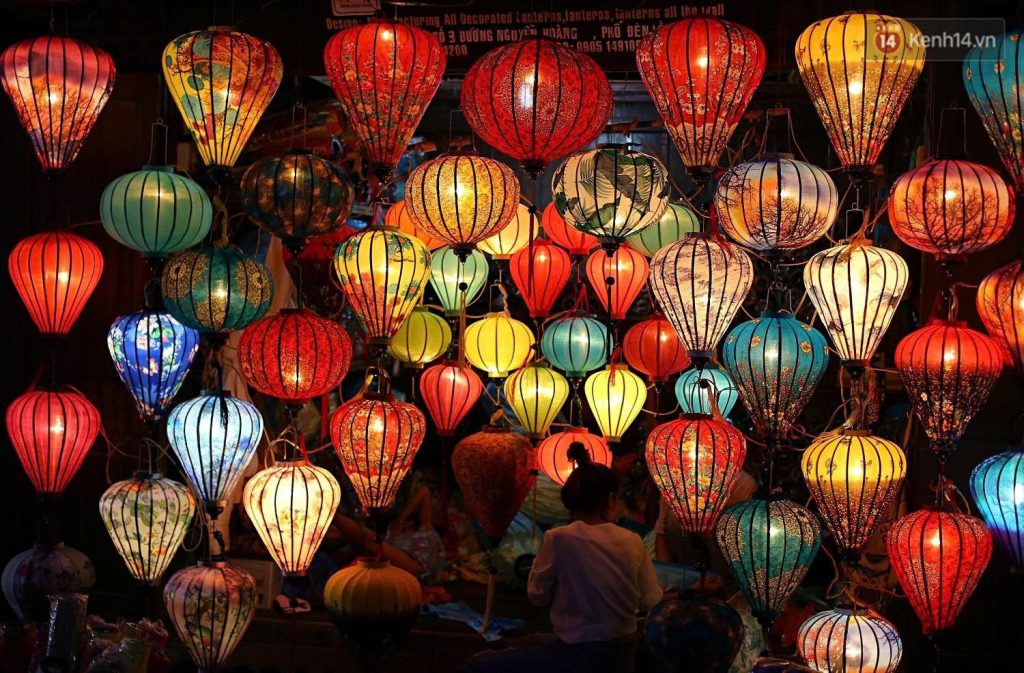Sapa, a magnificent mountain town in Northern Vietnam, is celebrated for its spectacular terraced rice paddies. These magnificent landscapes change with the seasons, offering a different kind of beauty throughout the year. If you’re planning a trip, knowing the best time to visit Sapa for rice terraces is crucial to witness them in their most spectacular glory.
This guide will walk you through Sapa’s agricultural calendar, weather patterns, and specific times to ensure your visit aligns with your desired rice terrace experience.
When Do Sapa’s Rice Terraces Look Their Best?
The stunning aesthetics of the Sapa rice terraces are intrinsically connected to their annual farming schedule. There are primarily two peak seasons, each offering a unique visual spectacle.
1. The “Water Pouring” Season (Late April – Early June)
This season initiates the growth of fresh rice. Farmers fill the terraced fields with water, preparing them for transplanting young rice seedlings.

- What to Expect: The terraces transform into gigantic, reflective mirrors, shimmering under the sun and reflecting the sky, clouds, and surrounding mountains. It’s an ethereal and surreal sight, perfect for photography and a sense of calm. The air is generally mild, and the landscapes are incredibly fresh.
- Visual Appeal: Reflective, silvery, and serene.
- Ideal For: Photographers, those seeking tranquility, and anyone wanting to witness the start of the rice cycle.
RELATED: Ultimate Vietnam Souvenir Guide: What & Where to Buy
2. The “Golden Harvest” Season (Late August – Mid-October)
This is arguably the most famous and sought-after time to visit. The rice has matured, and the terraces turn a spectacular golden-yellow hue, ready for harvest.
- What to Expect: The entire valley glows with vibrant golden tones, creating a breathtaking panoramic view. The climate is commonly agreeable, featuring cool, clean air and often bright skies, thus favoring activities like trekking and sightseeing. This is a very popular time, so expect more tourists.
- Visual Appeal: Golden, vibrant, and abundant.
- Ideal For: Trekkers, nature lovers, photographers, and anyone who wants to see the iconic Sapa rice fields in their most celebrated state.
RELATED: Definitive Guide to the Cu Chi Tunnels: History, Experience & Tips
What to Expect in Sapa’s Rice Terraces

While the two seasons above are peak times, Sapa offers something in every month. Here’s a month-by-month guide focusing on the rice terraces:
Spring (March – May)
- March – April: The terraces begin to green up with newly planted rice. The weather is cool and pleasant, with occasional misty mornings.
- Late April – Early May: This is the beginning of the water pouring season. Ideal for reflection photography.
Summer (June – August)
- June – July: The rice plants are in their full, lush green stage. The terraces are vibrant and verdant. Expect warmer temperatures and occasional summer rain showers, which keep the landscapes incredibly fresh.
- August: The rice begins to ripen, slowly transitioning from green to light yellow. This is the prelude to the golden harvest.

Autumn (September – November)
- Early September – Mid-October: The prime harvest season. The rice terraces are at their peak golden glory. This is the busiest tourist season dueapa, Hoang Su Phi).
- Late October – November: Post-harvest, some fields might be bare, while others show stubble. The weather becomes cooler and drier, offering clear views. It’s a good time for quieter visits if you don’t mind not seeing golden fields.
Winter (December – February)
- December – February: The fields are mostly bare or might have the remnants of the harvest. Sapa experiences cold, foggy, and often drizzly weather. While not ideal for rice terrace views, this season offers a unique, misty, and tranquil Sapa experience, sometimes with light snow on higher peaks.
RELATED: Ultimate Guide to Preparing for Your Vietnam Adventure
Where to Witness the Best Rice Terrace Views in Sapa
To truly immerse yourself in the beauty of Sapa’s rice terraces, consider visiting these renowned spots:
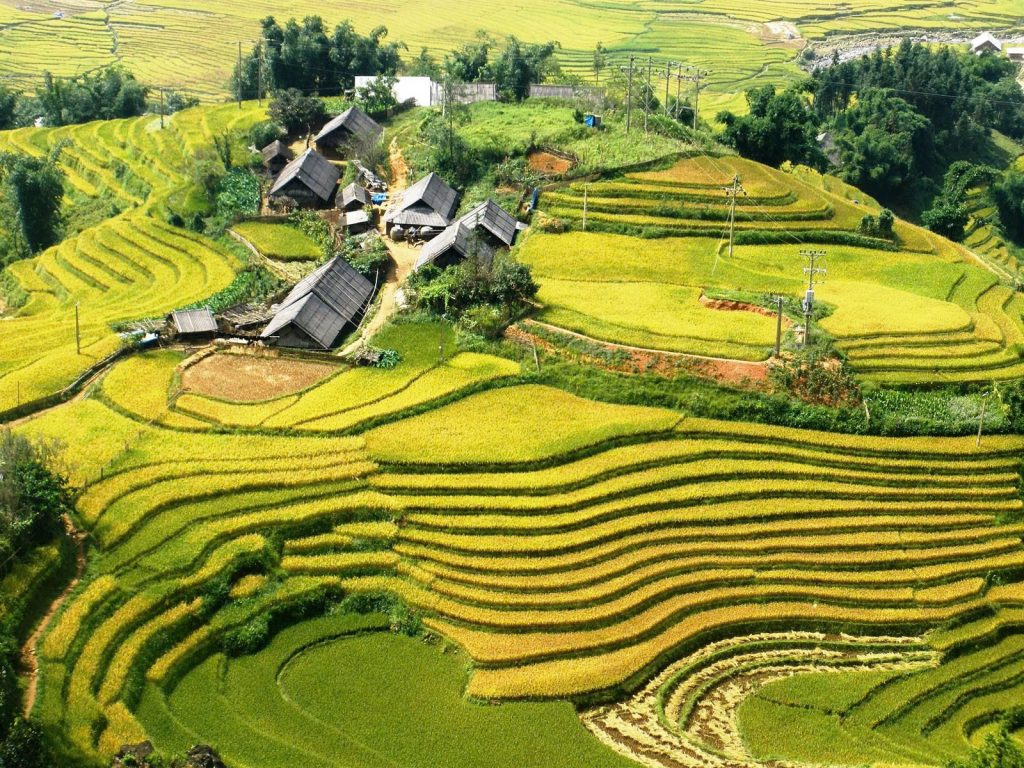
- Muong Hoa Valley: The heart of Sapa’s rice fields, stretching for kilometers. Villages like Lao Chai, Ta Van, and Y Linh Ho are nestled within, offering incredible trekking routes through the terraces.
- Cat Cat Village: While popular, its terraced fields offer picturesque views, especially during the green or golden seasons.
- Ta Phin Village: Known for its traditional Red Dao culture and beautiful terraced landscapes.
- O Quy Ho Pass: Offers a panoramic, bird’s-eye view of the vast terraced fields, particularly stunning at sunset.
- Fansipan Cable Car: For an unparalleled aerial perspective, the cable car ride provides a magnificent vista of the entire Sapa valley and its terraces sprawling below.
REATED: Ho Chi Minh City Guide 2026: Culture, Food & Nightlife
Pro Tips for Your Sapa Rice Terrace Adventure
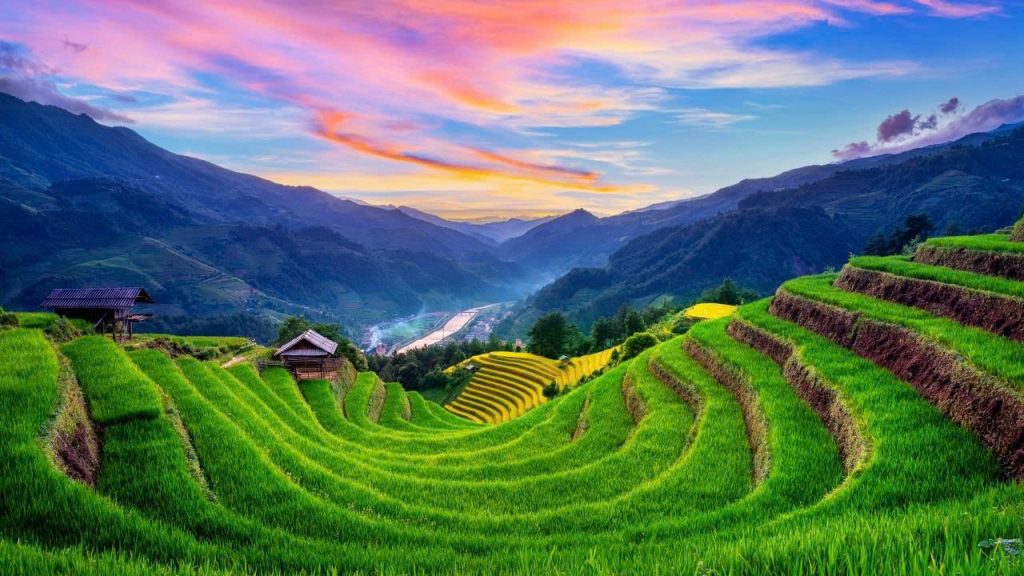
- Book in Advance: Especially if you plan to visit during the Golden Harvest Season (September-October), accommodations and train tickets (if traveling from Hanoi) can sell out quickly.
- Pack Smart:
- Rain gear: Sapa’s weather can be unpredictable, even during dry seasons.
- Layers: Temperatures can fluctuate significantly throughout the day.
- Comfortable walking shoes/boots: Essential for trekking through the rice fields and villages.
- Engage with Locals: Consider a homestay experience in a local village like Ta Van or Lao Chai to gain deeper insights into the ethnic minority cultures (H’mong, Dao, Tay) and their agricultural practices.
- Respect Local Culture: Remember you are visiting working agricultural lands and homes. Be mindful of local customs and ask for permission before taking photos of people.
- Consider a Local Guide: A local guide can enhance your experience by leading you through less-traveled paths, explaining local life, and helping you interact with villagers.
RELATED: Hanoi Travel Guide: Discover Vietnam’s Ancient Heart
The best time to visit Sapa for the rice terraces largely depends on the visual experience you seek. Whether you’re captivated by the reflective “water pouring” season in late April to early June or the iconic “golden harvest” from late August to mid-October, Sapa promises an unforgettable journey. By understanding the seasonal changes and planning accordingly, you can ensure your trip to this magnificent part of Vietnam is truly spectacular.


